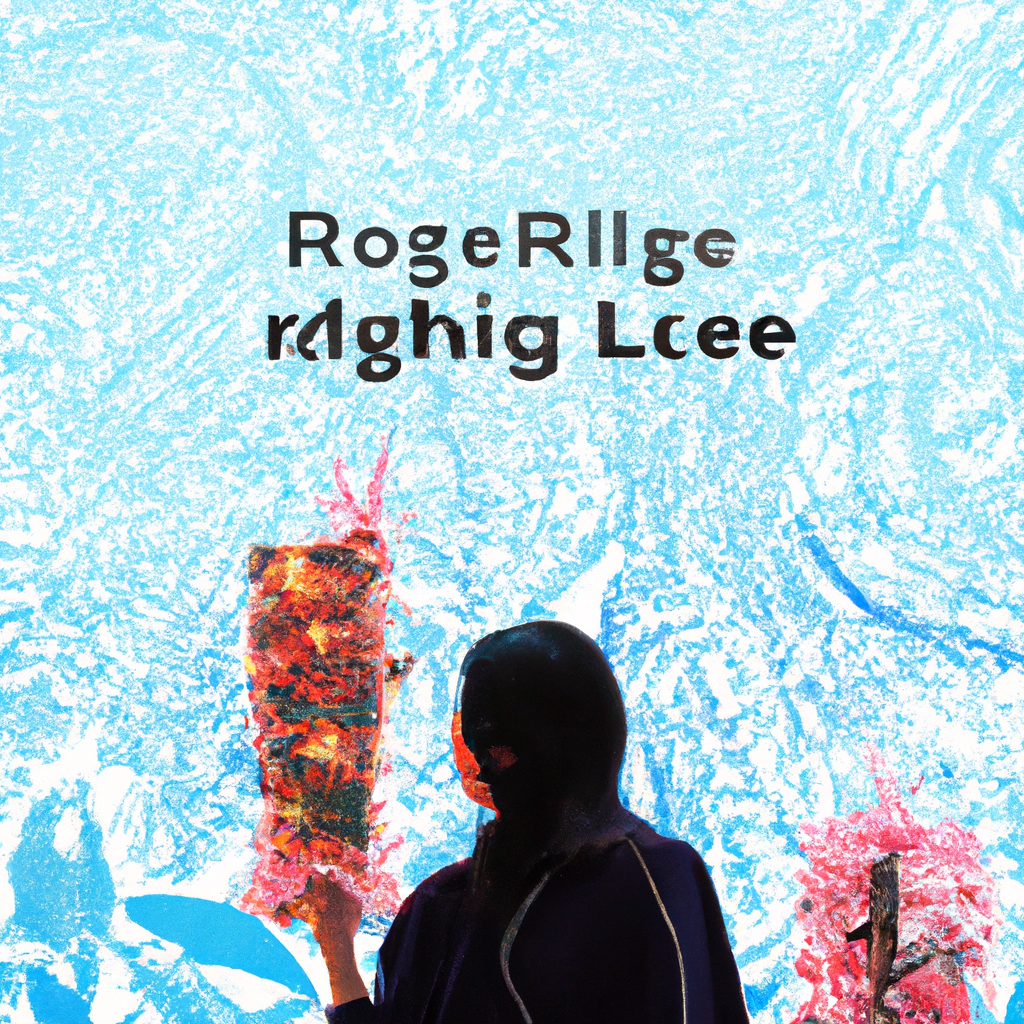
In an era inundated with perpetual streams of digital data and transient media, the profound artistic contributions of Kimiyo Mishima, who recently passed away at the age of 91, resonate with an eerie prescience. Known for her intriguing ceramic sculptures that meticulously replicated everyday objects, particularly newspapers, magazines, and other printed ephemera, Mishima turned the fleeting into the permanent, encapsulating the anxieties of our information-soaked society.
Embarking on her artistic journey in the post-war panorama of Japan, Mishima initially engaged with traditional painting. However, as Japan's economic boom unfurled a relentless proliferation of consumer culture and mass-produced information, Mishima shifted her focus. Through her art, she sought to navigate and critique the overwhelming waves of transient data—a theme she poignantly described as the "fear and anxiety of drowning in information."
Her signature works—ceramic recreations of crumpled newspapers, worn-out magazines, and discarded bottles—serve not only as a critique of consumerism and the disposability ingrained within modern society but also as a meditation on the enduring versus the ephemeral. By transforming paper, inherently fragile and fleeting, into ceramic, a material of longevity and historical resonance, Mishima rendered the transient immortal.
The verisimilitude of Mishima's sculptures often prompts a jarring double-take. What at first appears to be a discarded newspaper, upon closer inspection, reveals a weight and texture that defies its appearance. This interplay of the real and the reproduced, the permanent and the ephemeral, invites reflection on what we choose to value and preserve both culturally and environmentally.
Mishima's artistic legacy offers a poignant commentary on the saturation of information in contemporary life, imploring us to sift through the ephemeral clutter and seek what truly deserves our attention and preservation. In an age where digital media dominate and paper is increasingly obsolete, her works remind us of the tactile and tangible aspects of culture and communication, urging a reassessment of our consumer habits and their long-term impacts on our world.
As we continue to grapple with the deluge of data and the environmental implications of our consumption patterns, Kimiyo Mishima's art remains strikingly relevant, a beacon guiding us through the morass of modern life toward a more mindful and sustainable existence.